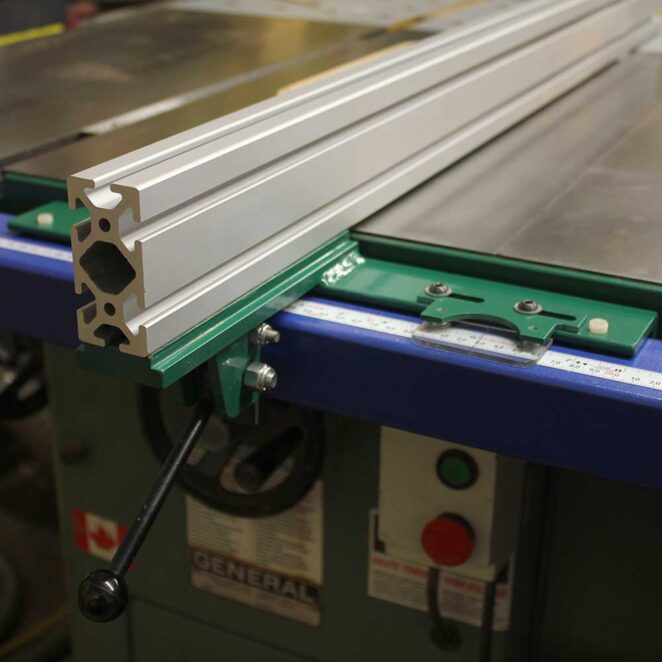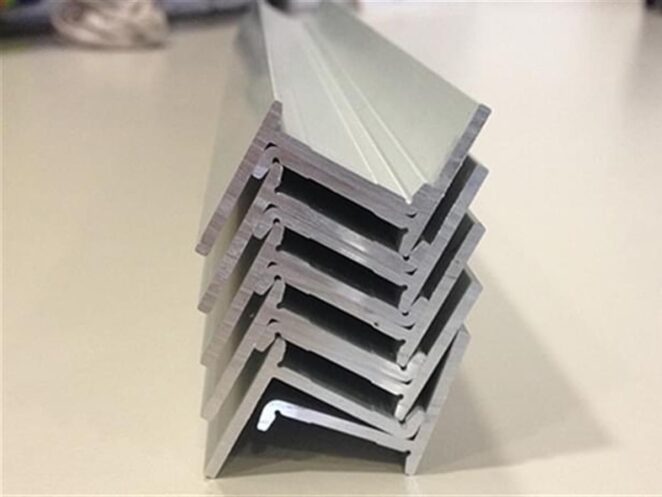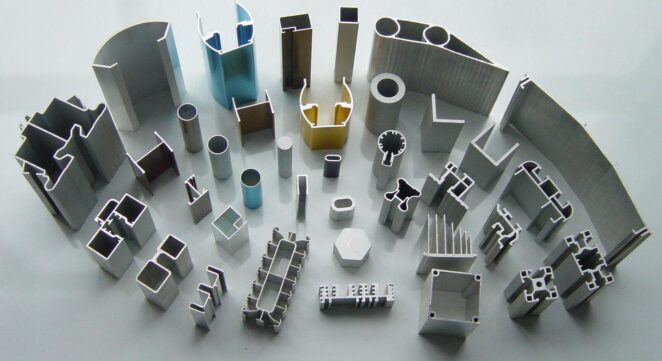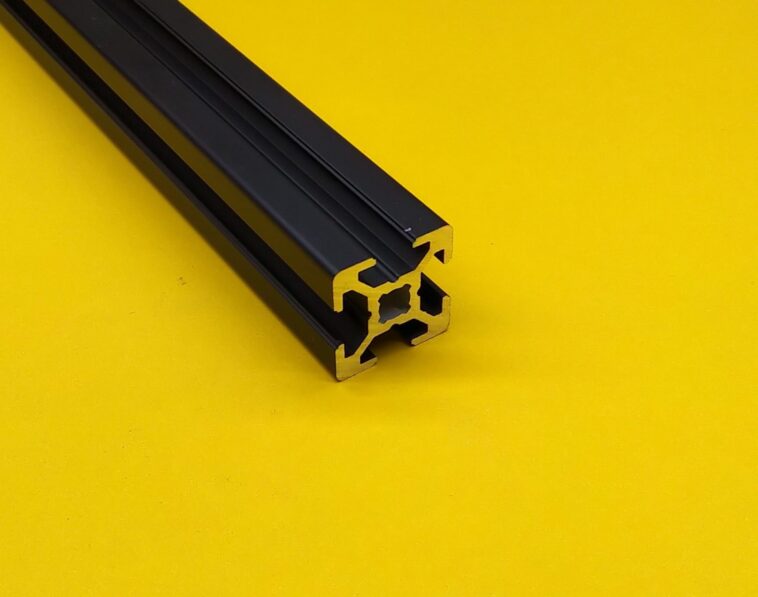Aluminum extrusion process involves a ram pushing the metal through a die. This die is designed into a specific shape that’s desirable and which the end product should assume. The extrusion process combines compression and rotation to get the best out of metals.
After the extrusion process has happened, we end up with about three basic shapes. Remember that only these three shapes can be extruded. They include:
- Solid
- Hollow
- Semi-hollow
When forming these shapes, different products are made. For instance, rods and beams are common examples of solid extruded shapes. Basically, solid shapes are continuous and with no space like hollow and semi hollow.
Then follows the hollow shaped Aluminum extruded metal. This one has one or more voids. Most hollow shapes have spaces in the middle like a hole. A perfect example is a rectangular tube. These ones too have specific purposes.
Thirdly, there’s another category of semi hollow shapes. These ones have C shaped elongated tubes. They also have special tasks considering their unique features. These shapes can be combined to make more complex shapes for more specific roles.

The extrusion process starts with Aluminum billet being preheated just before the actual process starts. The heated Aluminum is exposed to heat of not more than 500 degrees Celsius. This is because the metal is supposed to be flexible enough for extrusion but not too much to become molten.
After heating, the billet is moved to the extrusion press. But the billet is lubricated before the transfer to prevent interaction with the ram. This will make it easy for movement of the billet through the ram. Therefore, little or no wastage will be recorded.
The billet is put under pressure as it moves through ram. Approximately 15,000 Tons of pressure are applied for the most desirable results. At the end of the die is a run out table. Past that, the released aluminum is quenched.
Shearing also happens at the end of the process. There’s a table that guides the shearing process. Once the extruded metal attains the table’s length, it’s cut and separated from the other metal just leaving the die opening and still being extruded.
Cooling is another step followed after the shearing process. The metal is cooled to room temperature. This is after all the other requirements have been met and fulfilled. By now, the process would be nearing completion.
Then, the next step in this process would be stretching and alignment. This is an important process in the extrusion process as it helps to correct deformities. During the extrusion process, it’s expected that the metals will come out with imperfections.
The alignment stage corrects all these deformities. It straightens the little imperfections for fine end products to be realized. This improves the quality of the metal and makes them more marketable. Then, treatment, finishing and fabrication are done to complete the extrusion process. At this point, the metal is ready for sell as well as usage for other designated purposes.
Which Products are the best for extruded Aluminum?

Extruded Aluminum is used to make a number of products. You can find more ideas from https://www.fonnovaluminium.com/.
Strength is a key factor when shaping Aluminum metals through extrusion or drawing. But each of these is utilize under different circumstances to ensure that you get the metal with the best properties.
A question most people ask is which are the best products for extruded aluminum? Here are some of the fine products that are made through Aluminum extrusion. They include the following:
1. Aluminum angles
This is formed through bending the Aluminum metal. It then forms an L-shaped metal and a strong one for that matter. These metals are said to have legs and may be equal in length or vary. In most cases, these kind of products are used for structural support. These products can be combined to make even more complicated shapes and you can see them all at https://fastmetals.com/pages/aluminum.
2. Beams and channels
Beams are a more complicated product, constructed with interconnected angles that require precise calculations, such as an i beam load capacity calculator, to ensure their structural integrity. These ones form even stronger aluminum products. Angles can also be interconnected to form channels. These happens when an L-shaped angle is connected with another one of a similar nature.
Channels are generally smooth, linear and strong. They’re also narrow and that plays an important role in the metal’s functionality.
3. Aluminum tubes

Tubing is also a common extrusion product. With Aluminum, you can make square and rectangular tubes. The most important thing to do with this is set the die in the right manner with the shape you want. By doing so, you set up the metal for a defined shape meant for a specifics purpose.
Aluminum tubes have been used severally for different purposes. Most manufacturers produce these heavy metals depending on the orders they receive from their clients. One good provider that continues to serve its clientele diligently is FONNOV ALLUMINUM.
4. Heat sink
This is another common product made out of extrusion. Heat sinks help electrical devices to lose heat, therefore, they stay in their optimum condition and function properly. It has to be made out of extruded aluminum to give it the right properties to match its functionality.
Heat sinks are very useful in the life of electronics. It’s one of the most popular products made from extrusion. The process provides the correct heat transfer properties for the product. In the end, the electronic devices are able to contain the heat they produce.
Heat production in electronic devices can slow down their performance. That’s why this product is really important. Therefore, use of extruded Aluminum to makes it possible to produce good quality electronic coolants.




